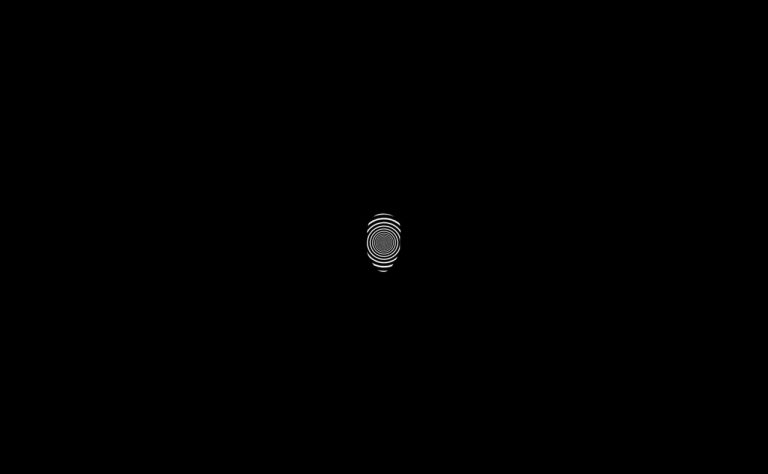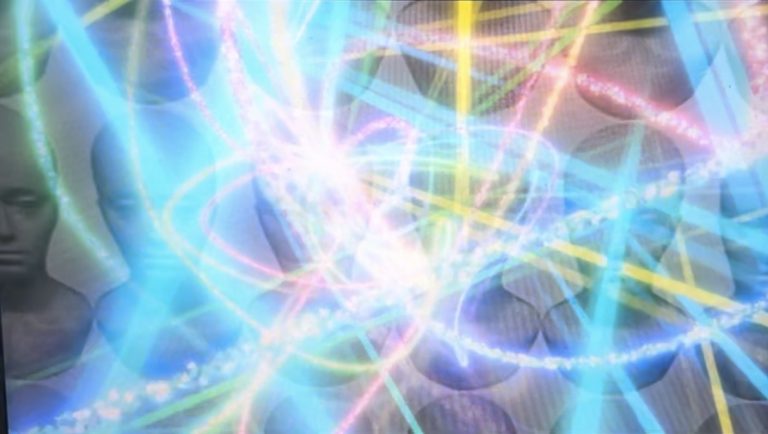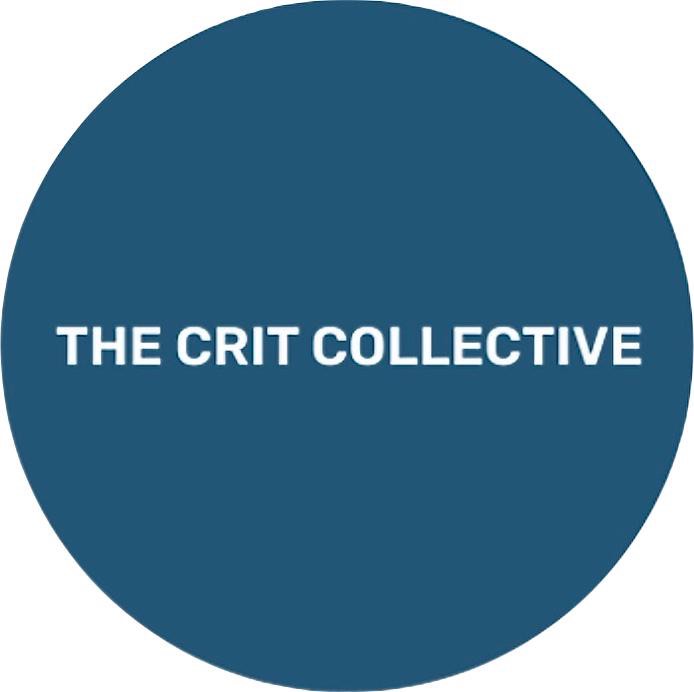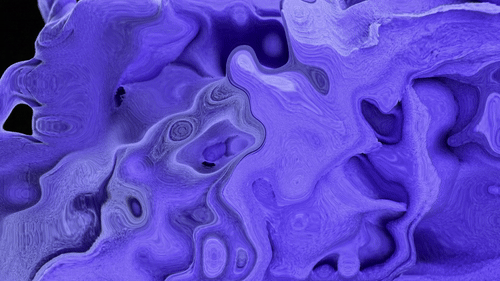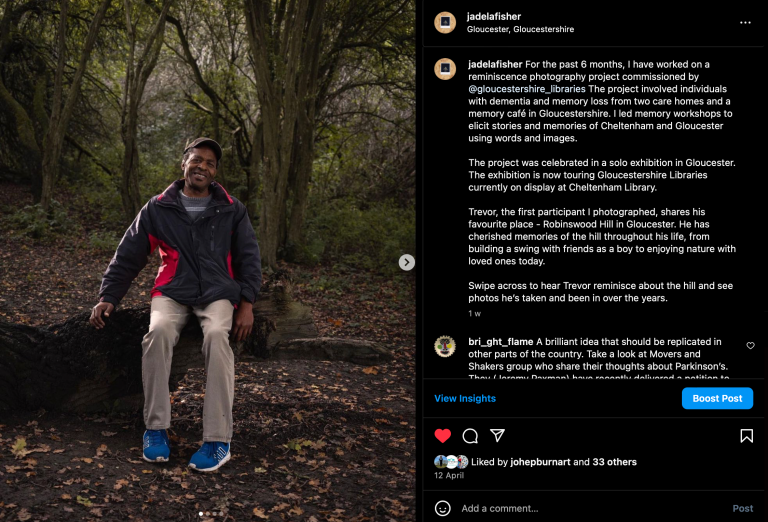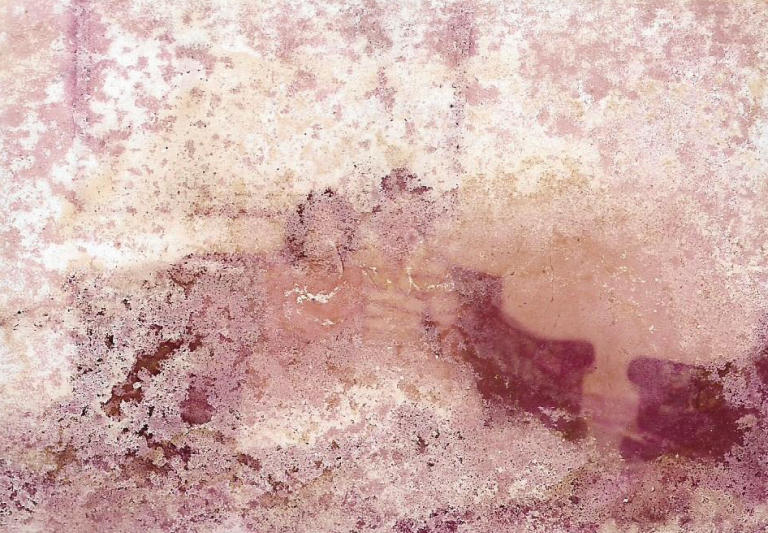What would non-artists sound like if they were asked to describe their different roles and responsibilities as contemporary art practices? Could a tax inspector or a deliveroo rider walk into a contemporary art exhibition today and relate to the artworks or they way in which they are shown?
Otherwise, are artists responsible for building bridges between daily life, popular culture and contemporary art? Is it worth removing or limiting unnecessary specialist terminology – a.k.a. jargon – to capture a broader and more diverse audience spectrum?

contexts
- Party scene: typical conversations about ¨what do you do?¨
- “Boring but pays well”
- Reactions to creative professions

